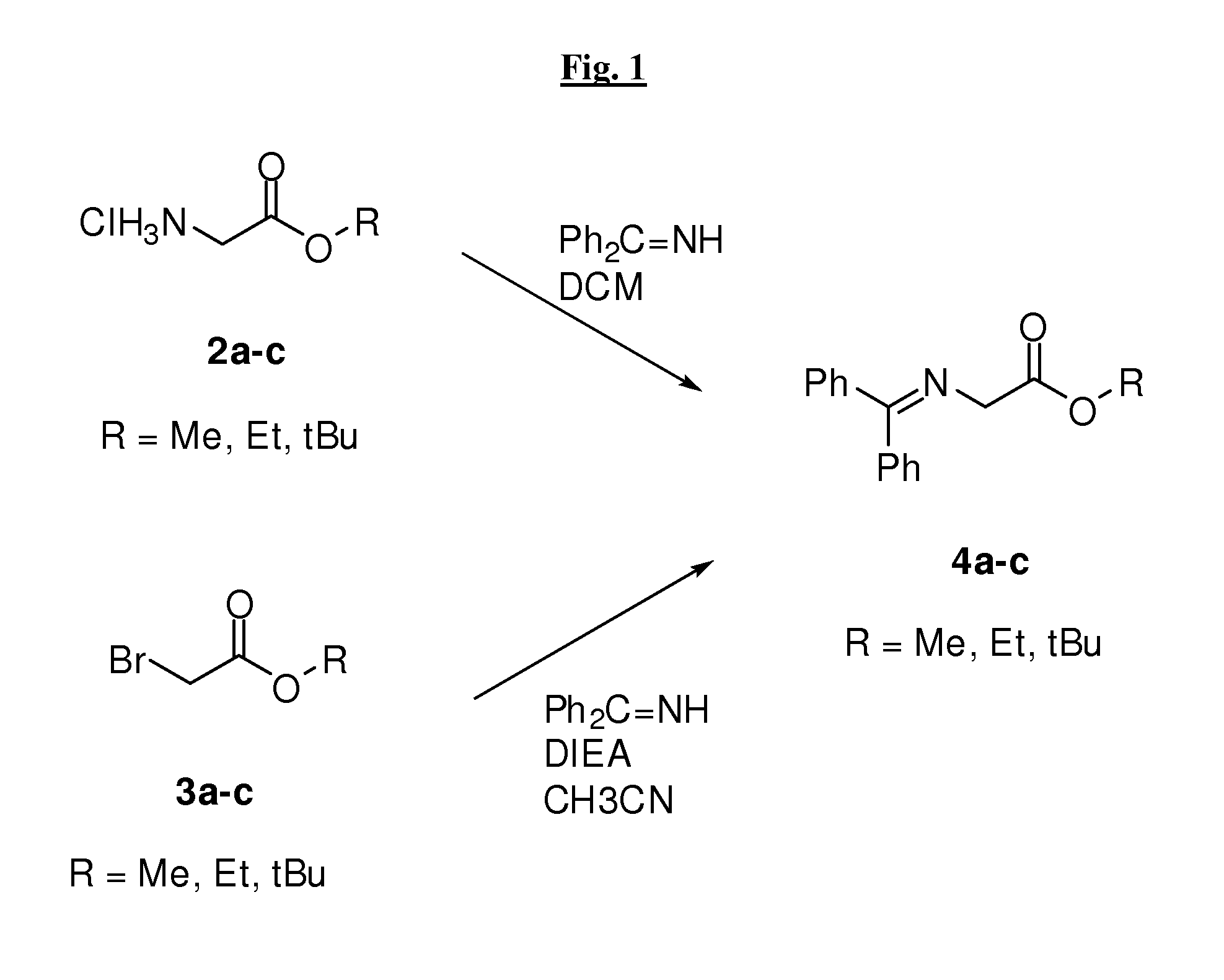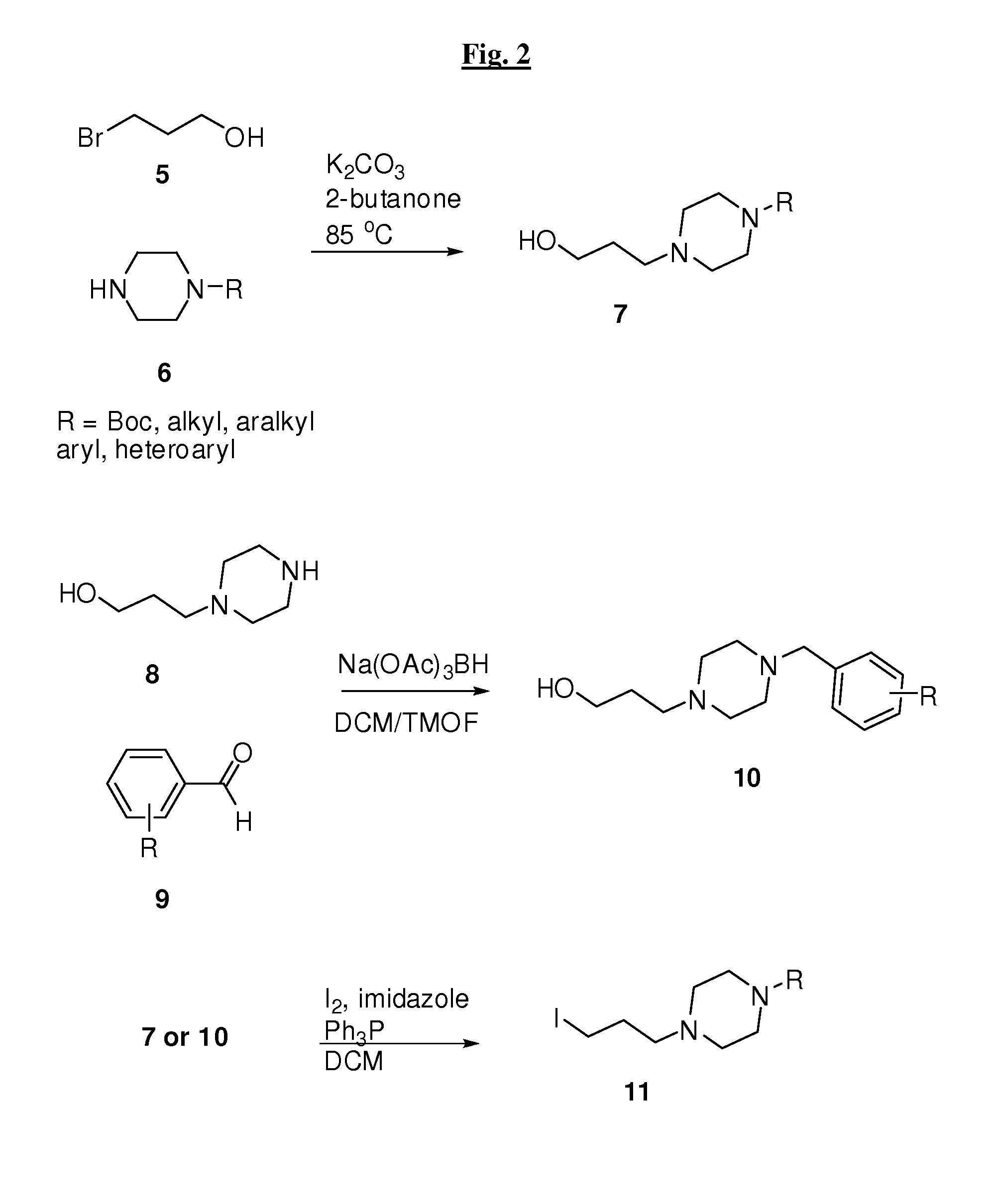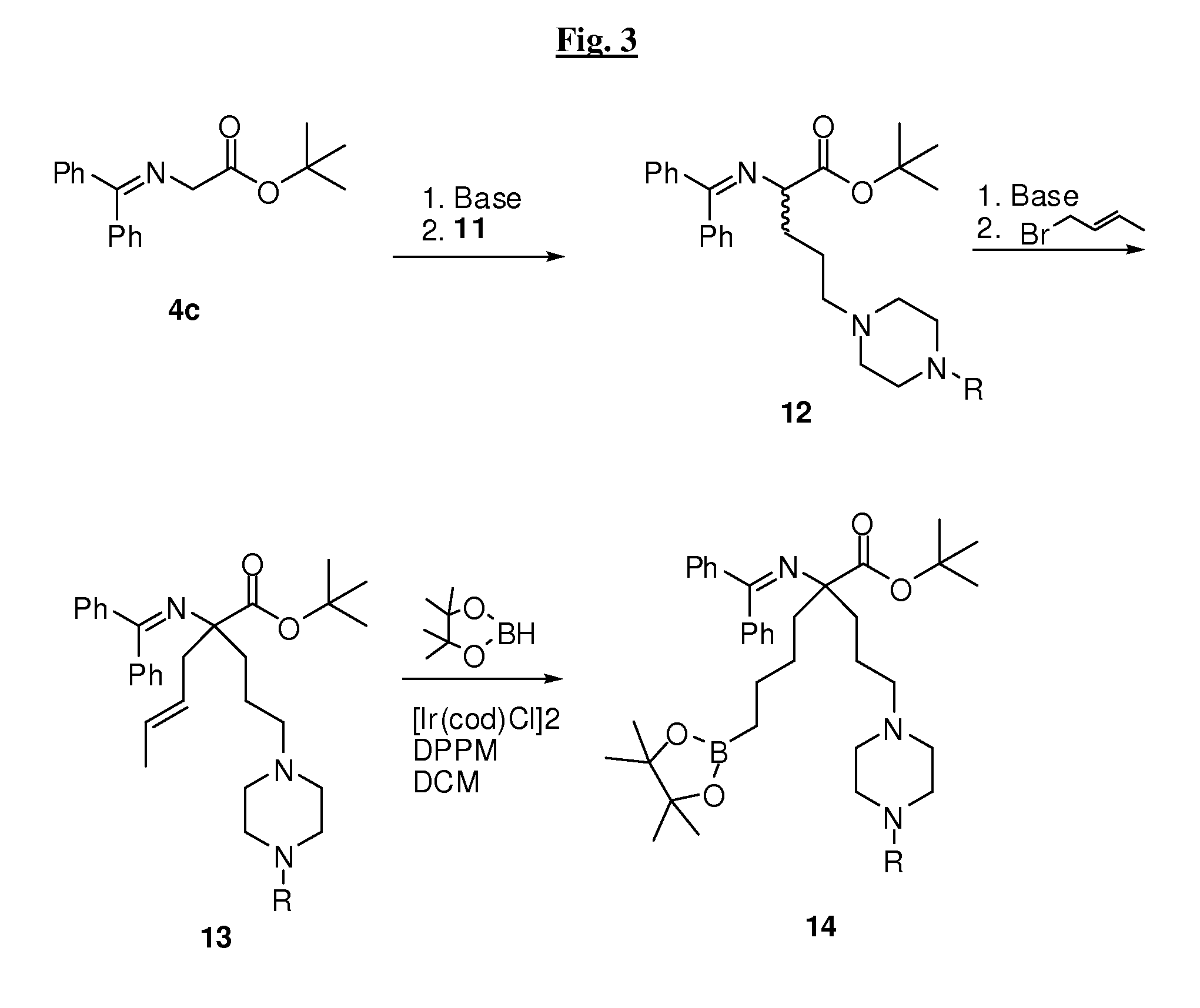Arginase inhibitors and methods of use thereof
a technology of arginase inhibitors and inhibitors, which is applied in the field of arginase inhibitors, can solve the problems of limiting the availability of arginase inhibitors as substrates, and the potential therapeutic effects of arginase inhibitors remain unknown, and achieves low nitric oxide synthase activity and abnormal high arginase activity
- Summary
- Abstract
- Description
- Claims
- Application Information
AI Technical Summary
Problems solved by technology
Method used
Image
Examples
examples
[0525]The invention is now described with reference to the following Examples. These Examples are provided for the purpose of illustration only, and the invention is not limited to these Examples, but rather encompasses all variations that are evident as a result of the teachings provided herein.
[0526]The materials and methods employed in the experiments and the results of the experiments presented in this Example are now described.
[0527]Compounds of the invention may be prepared by one or more of the following general methods. All parts and percentages are by weight, unless otherwise stated. When ranges are used herein for physical properties, such as molecular weight, or chemical properties, such as chemical formulae, all combinations and subcombinations of such ranges therein are intended to be included as specific embodiments hereof. It should be understood that these examples, while indicating preferred embodiments of the invention, are given by way of illustration only. From t...
example 2
The following compound listed in Table 4, below, was synthesized in analogous manner as described above for compound 1a,
[0562]
TABLE 4PhysicalExampleCmpdAmtMSAppear-No.No.R1IsolatedDataance21b7 mg426 408White flocculent powder
example 3
2-amino-2-(3-(4-benzylpiperazin-1-yl)propyl)-6-boronohexanoic acid trifluoroacetate salt (1c)
[0563]
[0564]Compound 14a was treated with 20% TFA / DCM under argon as described above in General Procedure F to yield compound 15c, which was treated with benzyl bromide as described above in General Procedure G to yield compound 16c. This compound was used as is in General Procedure P to yield 13 mg of 1c (19% for 3 steps) after purification by prep HPLC as the trifluoroacetate salt. MS (LC / MS, ESI): 374 (M−H2O+H). 1H NMR (300 MHz, D2O, δ): 7.2-7.4 (m, 5H), 3.8 (s, 2H), 3.2 (m, 4H), 2.4-2.5 (m, 6H), 2.0 (m, 4H), 1.3 (m, 4H), 0.8 (t, 2H).
PUM
| Property | Measurement | Unit |
|---|---|---|
| pH | aaaaa | aaaaa |
| pH | aaaaa | aaaaa |
| temperature | aaaaa | aaaaa |
Abstract
Description
Claims
Application Information
 Login to View More
Login to View More - R&D
- Intellectual Property
- Life Sciences
- Materials
- Tech Scout
- Unparalleled Data Quality
- Higher Quality Content
- 60% Fewer Hallucinations
Browse by: Latest US Patents, China's latest patents, Technical Efficacy Thesaurus, Application Domain, Technology Topic, Popular Technical Reports.
© 2025 PatSnap. All rights reserved.Legal|Privacy policy|Modern Slavery Act Transparency Statement|Sitemap|About US| Contact US: help@patsnap.com



